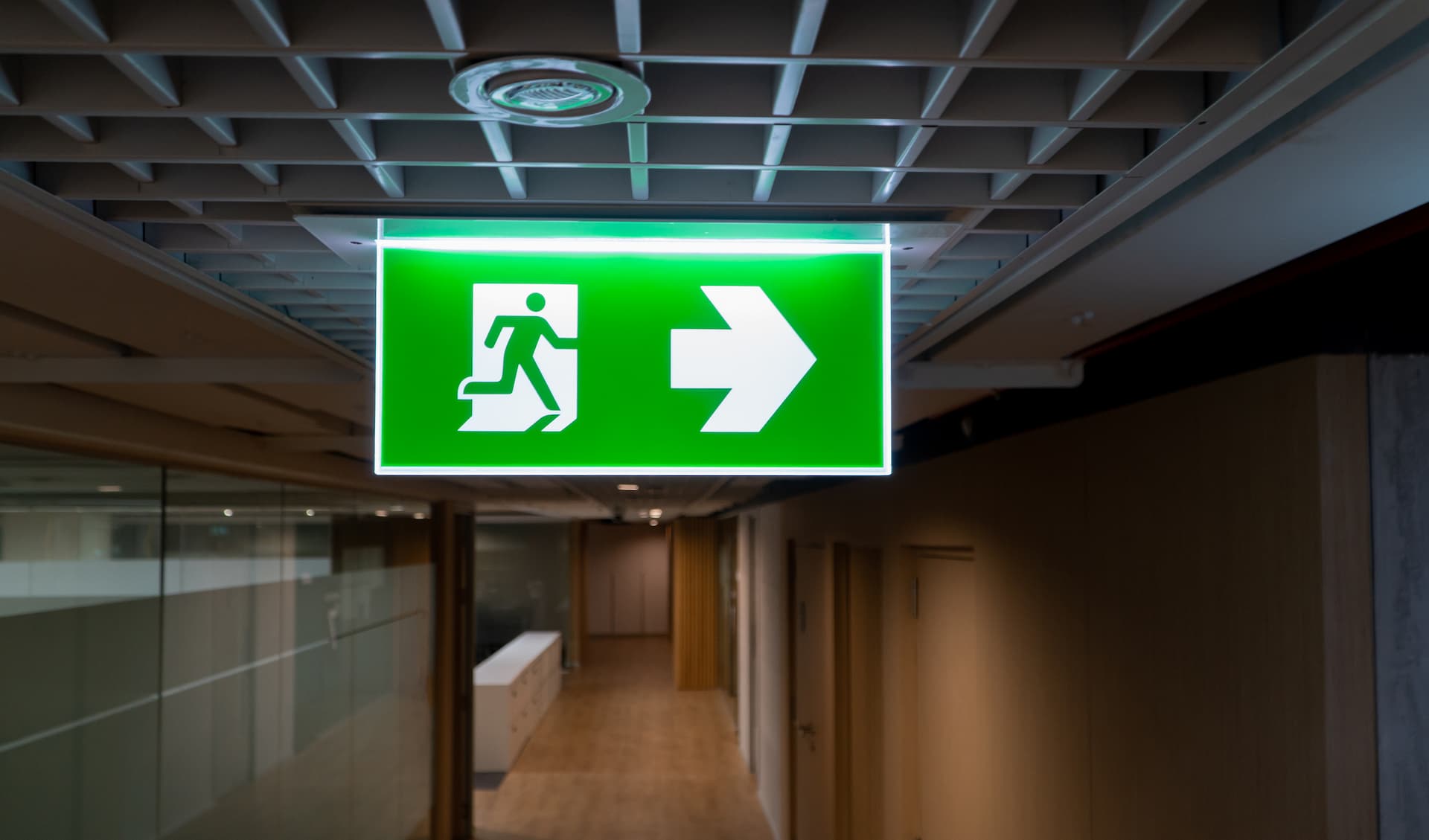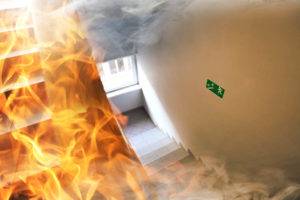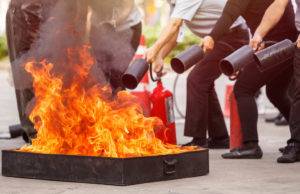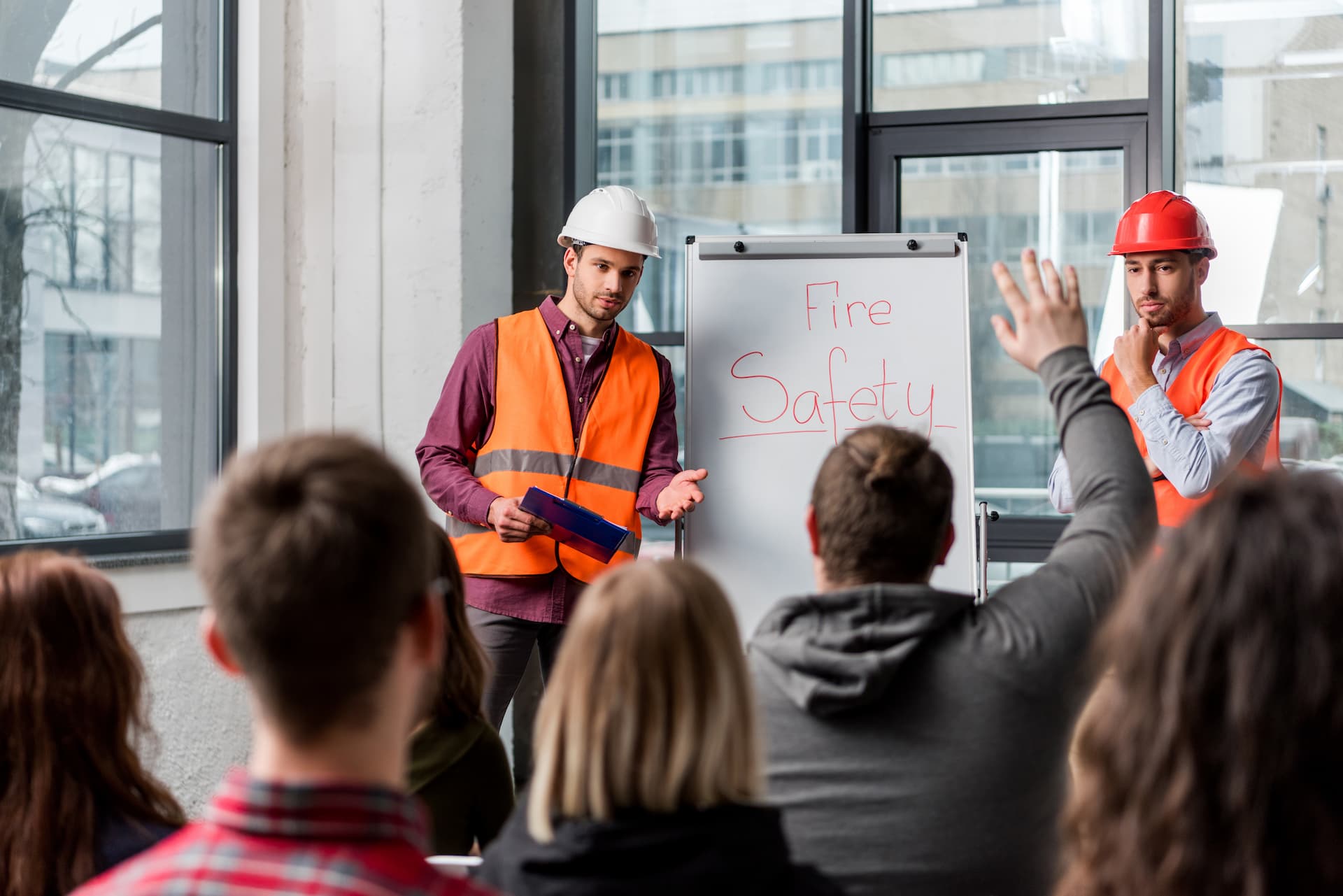Emergency lighting is a vital part of any workplace, ensuring the safety of employees, visitors, and customers during power outages or emergencies. Whether in an office, a shop, a school, or a cinema, emergency lighting plays a key role in keeping people safe and meeting legal requirements. Let’s explore why it matters, the types available, and why regular maintenance is just as important as installation.
Safety During Emergencies
When the power goes out, it can be disorienting and even dangerous, especially in crowded spaces or areas with limited natural light. Emergency lighting switches on automatically, lighting up exit routes and commonly used pathways. This helps guide people to safety, reducing panic and ensuring a calm evacuation process.
Keeping Your Business Moving
Power outages can disrupt daily operations, leading to downtime and lost productivity. Emergency lighting can help staff carry on with tasks safely while waiting for the power to return. It can also make it easier to manage an orderly response to the outage, minimising confusion and keeping things running as smoothly as possible.
Meeting Legal Requirements
In the UK, emergency lighting is not just a good idea—it’s required by law. British Standard 5266-1 outlines the regulations for installing and maintaining these systems in buildings like offices, schools, hospitals, and shops. Following these rules is essential for keeping everyone safe and avoiding potential fines or legal issues.
Why Regular Maintenance Matters
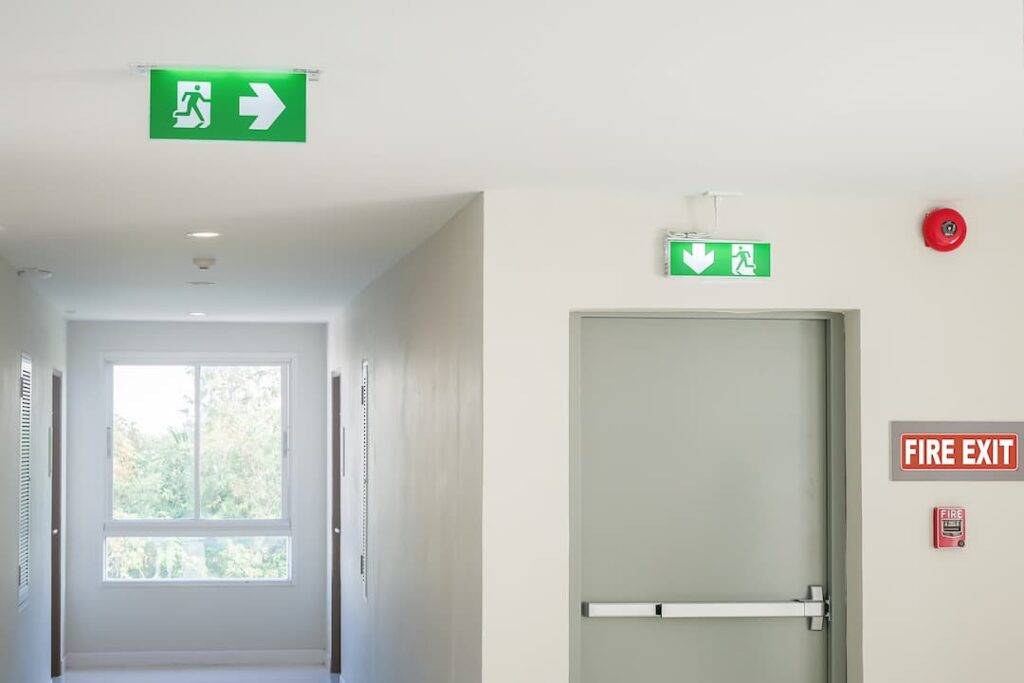
Installing emergency lighting is only the first step. Regular maintenance is necessary to make sure it works when you need it most. Monthly functional checks and an annual full-duration test are recommended to spot and fix any problems. Neglecting maintenance could lead to lights failing during an emergency, putting lives at risk and potentially breaching health and safety laws. Keeping a logbook of all maintenance activities is a helpful way to stay organised and show compliance with regulations.
Different Types Of Emergency Lighting
Emergency lighting comes in several forms, each suited to different needs:
- Maintained Units: These work as regular lights but switch to battery power during a power cut, providing continuous light.
- Non-Maintained Units: These only activate when the main power fails, making them ideal for emergency use only.
- Combined Emergency Lights: These have two lights in one unit, with one powered by the mains and the other by a backup source. They can be set up as maintained or non-maintained, depending on the requirement.
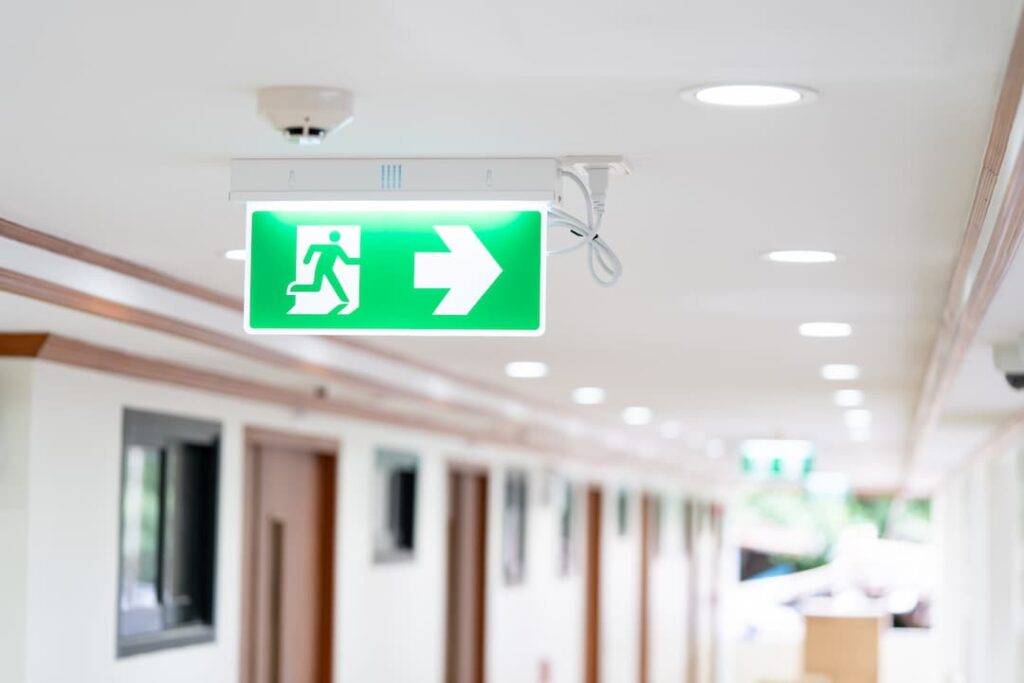
Added Benefits For Your Workplace
Beyond safety and legal compliance, emergency lighting can offer other advantages. A well-lit environment during a power failure reassures customers and visitors, boosting their trust in your business. Employees also feel safer, knowing that their workplace is prepared for emergencies. This sense of security can contribute to a better overall work environment.
For Emergency Lighting Installation & Maintenance, Contact City Fire Protection Today
Emergency lighting is more than just a legal requirement—it’s a simple way to protect your staff, customers, and business from unexpected power outages. With proper installation and regular maintenance, you can ensure that your workplace stays safe, secure, and prepared for anything. If your workplace needs lighting installed or maintained, it’s always best to rely on experts. At City Fire Protection, we provide reliable and professional services, helping businesses meet safety standards without hassle. Our team is fully certified and experienced in working with a wide range of properties. Contact us today to learn more about how we can help keep your workplace safe and compliant.

